
Hanging Lake is located in Glenwood Canyon, near Glenwood Springs, Colorado, USA. It's renowned for its clear turquoise waters and stunning waterfalls, nestled amidst the Rocky Mountains.
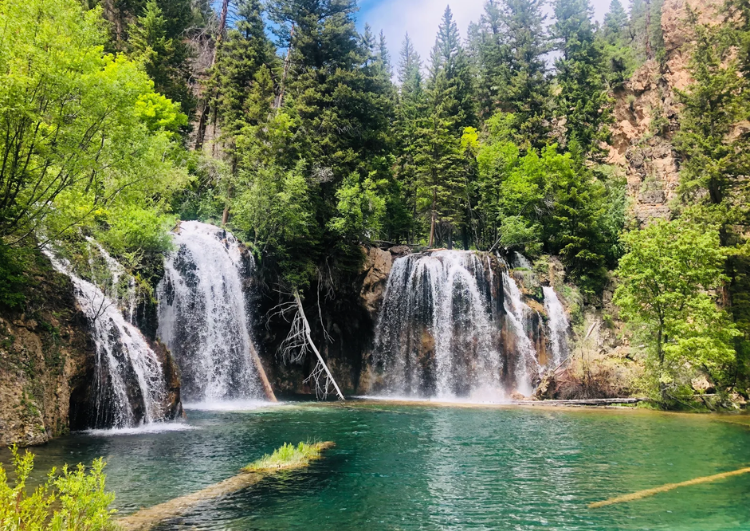
Hanging Lake has been a natural wonder for centuries, formed by a combination of geological processes and erosion. Its exact formation date isn't known, but it has likely been captivating visitors for a very long time. In modern times, it gained prominence as a tourist attraction and hiking destination.


Hanging Lake was not "invented" by any individual or entity. It's a natural formation that has been shaped by geological processes over thousands of years. The lake was formed by the buildup of travertine deposits left behind by the waterfall that flows into it, creating a unique and beautiful ecosystem. While people have certainly played a role in discovering and appreciating Hanging Lake, it wasn't created or invented by any single person.
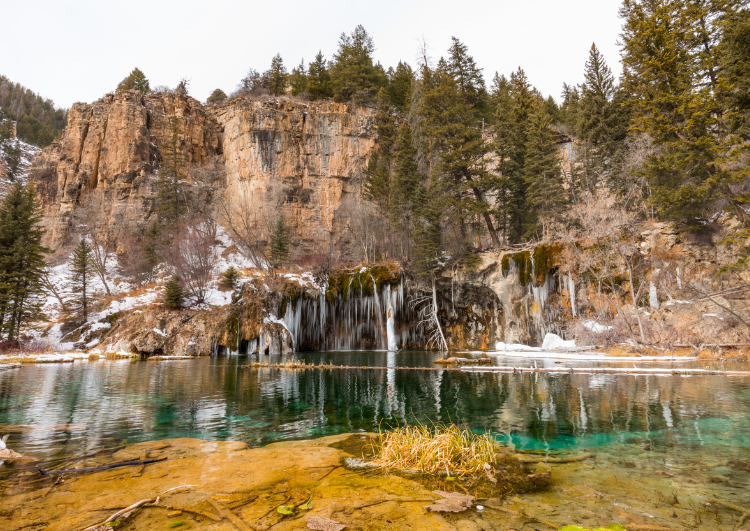
Hanging Lake gets its name from the way it appears to hang on the edge of the cliffs surrounding it. The lake is situated on a shelf-like formation, with steep cliffs rising above and below it. When viewed from certain angles, especially from the trail that leads to it, the lake seems to be suspended or hanging in mid-air. This unique geological feature and the visual impression it creates inspired the name "Hanging Lake."
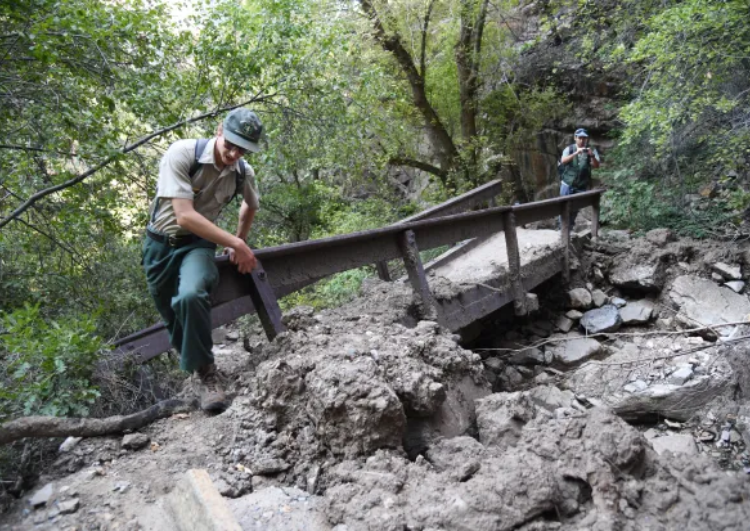
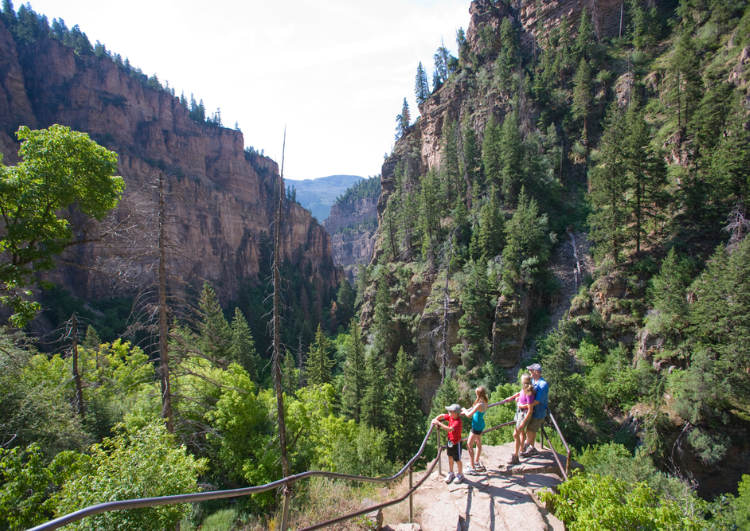
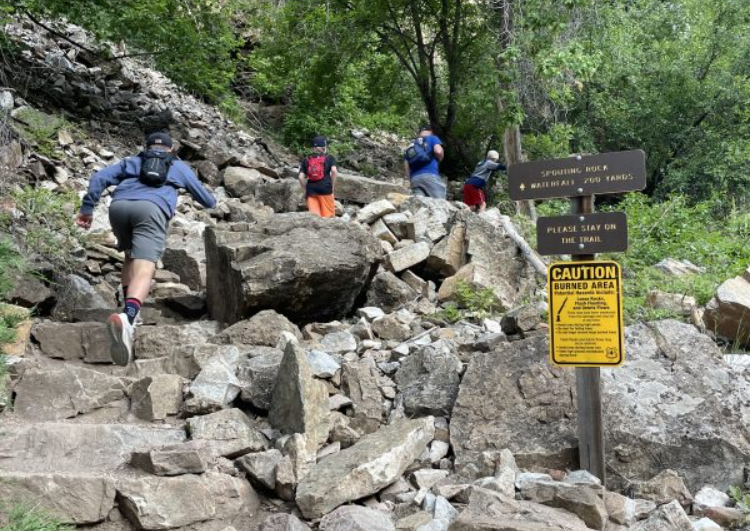

Hiking to Hanging Lake is a popular activity for outdoor enthusiasts for several reasons:
1. **Scenic Beauty:** The trail leading to Hanging Lake offers breathtaking views of Glenwood Canyon and the surrounding Rocky Mountains. The turquoise waters of the lake, cascading waterfalls, and lush vegetation create a stunning natural setting.
2. **Challenging Terrain:** The trail to Hanging Lake is relatively short (about 1.2 miles each way), but it is considered moderately difficult due to steep inclines and rocky terrain. Hiking to Hanging Lake provides a satisfying physical challenge for hikers of various skill levels.
3. **Natural Wonder:** Hanging Lake itself is a remarkable natural wonder. Its clear, turquoise waters, fed by waterfalls, and the unique travertine rock formations make it a captivating destination for nature lovers and photographers.
4. **Rewarding Experience:** Reaching Hanging Lake after the challenging hike is a rewarding experience. Visitors can relax by the lake, take in the scenery, and enjoy the serenity of this secluded alpine oasis.
Overall, Hanging Lake offers a perfect combination of natural beauty, physical challenge, and a rewarding hiking experience, making it a must-visit destination for hiking lovers.

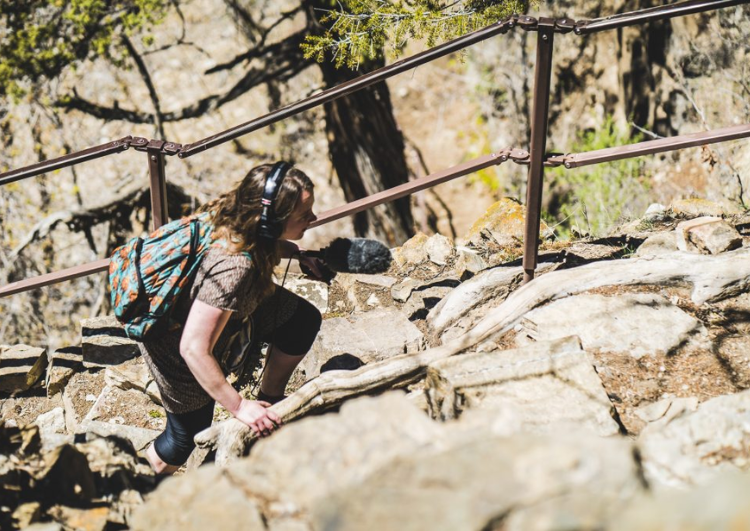
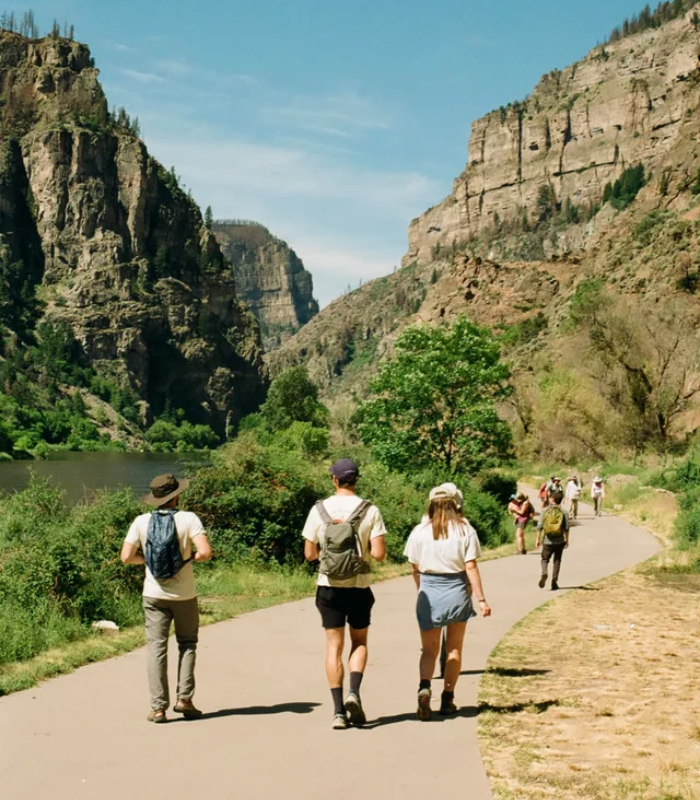
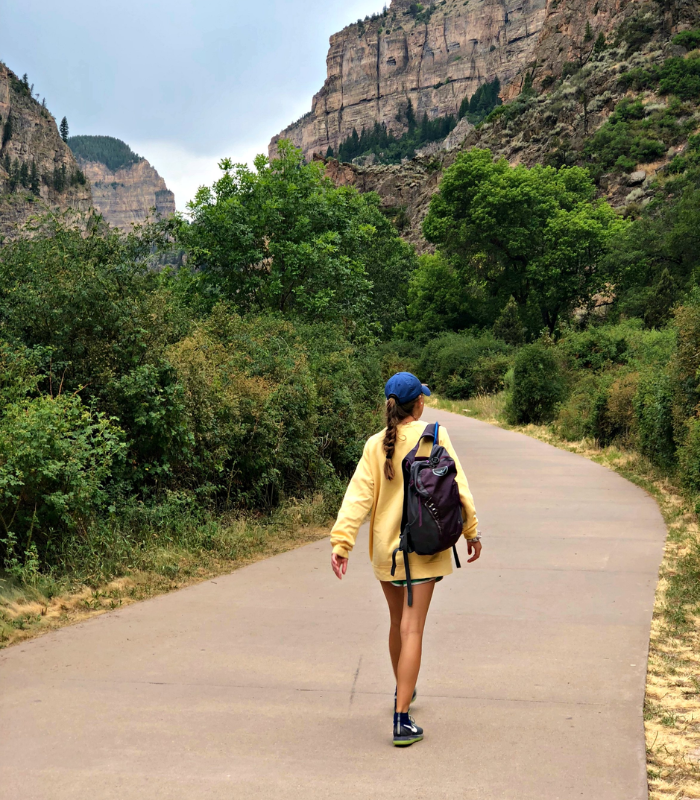

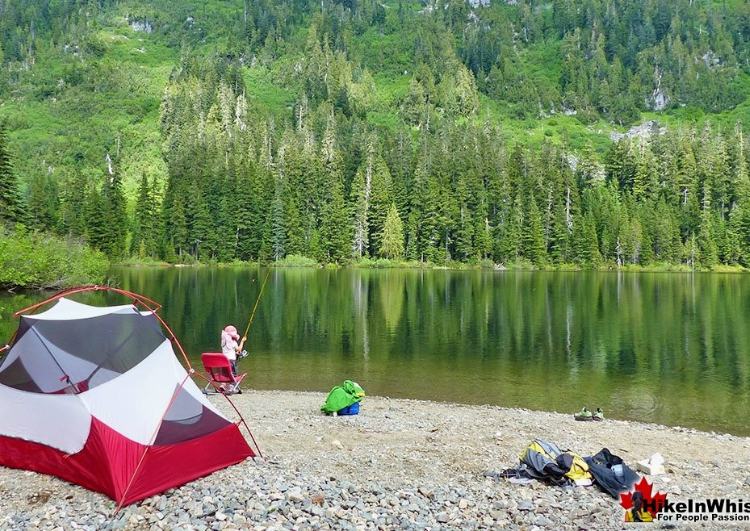
While Hanging Lake is a beautiful hiking destination, it's essential to consider the best times to visit based on weather and trail conditions:
1. **Spring and Summer:** These are popular times to hike to Hanging Lake because the weather is generally mild, and the trail is usually free of snow and ice. Spring offers the added bonus of seeing wildflowers blooming along the trail. However, summer months can be crowded due to peak tourist season.
2. **Fall:** Fall is another excellent time to hike to Hanging Lake. The temperatures are cooler, and the crowds tend to thin out compared to summer. The changing colors of the surrounding foliage add to the scenic beauty of the hike.
3. **Winter:** While it's still possible to hike to Hanging Lake in winter, it's important to be prepared for snow and ice on the trail, which can make it more challenging and potentially dangerous. Microspikes or traction devices for hiking boots may be necessary, and extra caution is advised. Additionally, the trail may be closed or inaccessible during periods of heavy snowfall or avalanche danger.
Overall, while Hanging Lake can be hiked year-round, it's best to plan your visit during the spring, summer, or fall months for the most enjoyable experience with safer trail conditions.